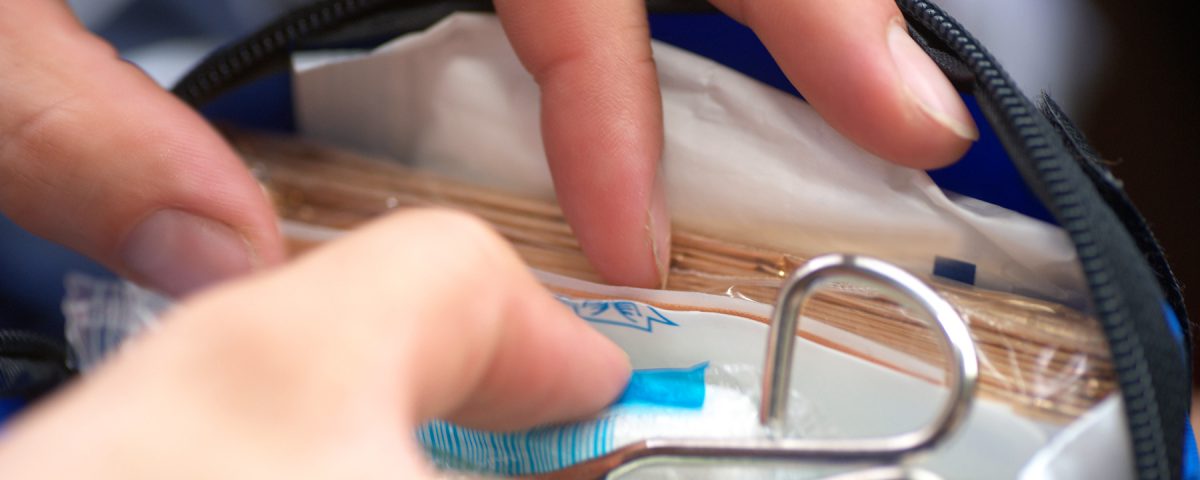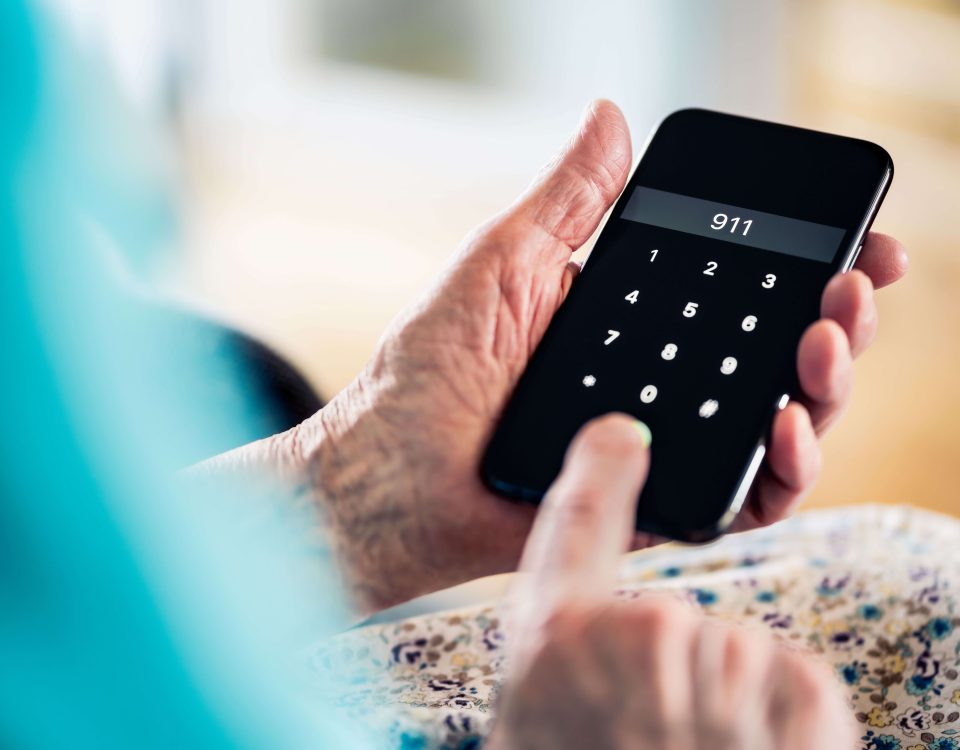- Have any questions?
- 412-123-4567
- noreply@upmc.com
Identifying Different Types of Wounds and Bleeding

Injuries that result in bleeding can happen in many ways and you might have heard them referred to in many different ways. Learn the four most common types of injuries and how to best treat them.
Four Most Common Types of Bleeding Injuries
1. Abrasions
Abrasions are usually the result of a rub or scrape on a rough surface, like skinning your knee on the playground or scratching your elbow on a brick wall. Sometimes people call abrasions strawberries or raspberries. Typically, an abrasion will not bleed heavily, but the area should be thoroughly cleaned and washed with soap and water to avoid infection. An abrasion may require a bandage or dressing in extreme cases, but minor abrasions should heal on their own after cleaning.
2. Lacerations
Lacerations are cuts, slices, or tears in the skin. Lacerations are often caused by sharp objects like knives or broken glass. Bleeding may occur quickly in the cases of deep lacerations, so it is important to stop the bleeding by covering the wound and applying pressure. If bleeding is severe or won't stop, you may need to proceed to an emergency room or call 911 for additional medical attention.
3. Punctures
- Punctures can occur when any type of pointed object, such as a nail, penetrates the skin. Puncture wounds may not bleed much outwardly, but a deep puncture can cause internal bleeding. Apply pressure and rinse the wound with clean water to remove all dirt. Before drying and covering with a bandage, apply antibiotic cream or ointment. Watch the puncture for signs of infection, such as spreading redness, pain, swelling, or fever.
- Tetanus: If the person with the injury hasn't had a tetanus shot in the past five years, a booster may be needed. It best to get this within 48 hours of the injury.
- Rabies: If the wound is from a cat, dog, or other animal bite, it is important to find out if the animal's rabies vaccine is up to date, or consult with your doctor on the best way to proceed.
4. Avulsions
Avulsions are severe injuries that can cause uncontrolled, life-threatening bleeding. This type of injury typically occurs when skin or a body part is partially or completely torn away. These injuries often result from serious trauma, such as car or motorcycle accidents, explosions, or gunshots. In avulsions, bleeding will occur instantly and extensively, so you should call 911 immediately and attempt to control the bleeding as quickly as possible. For some avulsions, you may need to apply a tourniquet to stop the bleeding. If a body part is severed, it should be brought to the hospital for possible reattachment. Wrap the body part in a clean cloth and pack it in ice, if possible.
How to Stop Uncontrolled Bleeding
If you encounter someone experiencing uncontrolled bleeding, first make sure you are safe. If you are safe, it's important to remember that any attempt to control bleeding is better than no intervention.
Next, follow the ABCs of Bleeding:
A - Alert - Call 911
B - Bleeding - Find the source of bleeding. Look on the arms, legs, neck, groin, and abdomen areas for bleeding.
C - Compress – Once you find the source of bleeding, apply pressure. You can use a piece of clothing, or anything else available that can help stop bleeding. Cover the wound and apply pressure by pushing directly with both hands. You can also pack the wound with gauze or a clean cloth, and then continue to hold pressure with both hands. If bleeding does not slow or stop, and the injury is located on an arm or leg, a tourniquet can be applied high and tight on the limb to stop the bleeding. Keep holding pressure on the injury until help arrives.
Getting Medical Attention for Wounds
If you are at the scene of an accident and see someone with substantial bleeding, call 911 right away. It is important to get emergency responders to the scene as soon as possible.
For minor wounds, such as abrasions and shallow lacerations, the treatment you can provide at home is often adequate.
- Clean the injured area thoroughly with soap and water to avoid infection
- Elevate the wound and apply pressure to the affected area to slow the bleeding
- When the bleeding has subsided, apply a sterile dressing.
- Leave it covered and keep it dry for as many as five days
- If you have minor pain, acetaminophen usually will relieve the pain.



